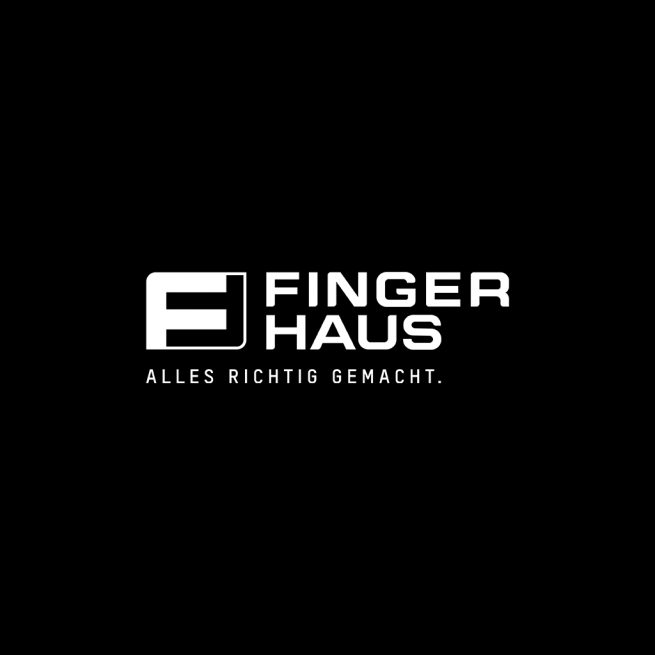UX Sound – more than a »ping«!

Unter UX-Sound-Design verstehen wir die bewusste Gestaltung von »funktionalen Klängen«. User-Interface-Sound-Design (auch Interaction-Sound-Design) hat das Ziel, die Gebrauchstauglichkeit von Produkten zu verbessern und die Bedienung intuitiver zu gestalten.
UX Sound wird auch als Sound UX, Audio UI, Audible UX, Sonic UI/UX oder Audio UI Design bezeichnet.
UX sound design follows the user’s perception, action and reaction. As developers of user interface sound design (interaction sound design) our intention is to improve the usability for the consumer.
UX Sound is also referred to as Sound UX, Audio UI, Audible UX, Sonic UI/UX or Audio UI Design.
UX Sound Elements
Micro Feedback
Kurze subtile Rückmeldeklänge, welche den Erfolg einer Aktion bestätigen oder eine Interaktion multimodal unterstützen.
Short subtle feedback sounds that confirm the success of an action or support an interaction multimodally.
Earcons
Earcons sind akustische Hinweise, welche auf eine Marke oder einen Zustand referenzieren.
Earcons are acoustic cues that refer to a brand or condition.
Notification Sounds
Notification Sounds informieren über die Art oder den Grad einer Zustandsänderung.
Notification sound provide information about the type or the status change.
Alerts & Warnings
Alarme melden den Eintritt eines kritischen Zustandes und fordern den Benutzer zum sofortigen Eingreifen auf.
Alert and warning sounds report the occurrence of a critical state and require the user to intervene immediately.
Special Type »Voice«
Die Stimme ist der akustische Reiz, dem der Mensch die höchste Aufmerksamkeit widmet.
Voices are acoustic amenities that people give the highest attention to
Prinzipien & Typen
»User Experience Sound« besteht aus grundlegenden Zweck- und Verhaltensprinzipien (warum, wann, wo ein Sound-Element verwendet werden sollte) sowie den UI-Sound-Elementen welche für bestimmte Funktionen eingesetzt werden (was).
Grundlegende Zweck-Prinzipien
Alle Soundelemente der Benutzeroberfläche sollten einem Zweck dienen und mit einer bestimmten Absicht entworfen werden. Ein sinnvoller UX Sound wird auf das Minimum der notwendigen Sounds reduziert und dekorative Elemente, die keinen Zweck erfüllen, sollten vermieden werden.
Principles & types
»User experience sound« consists of basic purpose and behavioural principles (why, when, where a sound element should be used) and UI sound elements for specific functions (what).
Basic purpose principles
All UI sound elements should serve a purpose and be designed with a specific intention. A meaningful ux sound is reduced to the minimum of necessary sounds and decorative elements that do not serve a purpose should be avoided.
More examples
Grundfunktionen und UI Soundtypen
Alle UI-Sounds informieren (Status, Identität und andere) in den jeweiligen Eskalationsstufen.
Die UI-Sounds können implizit wahrgenommen werden (Indikator, Berührungs-Feedback)
oder explizit (Klingelton).
Die UI-Sounds können aktiv (Interaktion), als Reaktion auf eine Benutzeraktion oder passiv (Benachrichtigung, System kommuniziert eine Information) abgespielt werden.
Die Gestaltungselemente können (musikalische) Klänge, Soundeffekte oder verbale Hinweise und Ansagen (Stimmen) sein.
Basic functions and UI sound types
All UI sounds are informing (state, identity and other) in respective levels of escalation.
They can be perceived implicit (indicator, touch feedback) or explicit (ringtone).
The UI sounds can be played active (interaction), as a reaction to a users action or passive (notification, system communicates a information).
The design elements can be (musical) tones, sound effects or verbal cues and prompts (voices).
UX / UI Sound Design für Apps
In jeder App — ob in einer browserbasierten oder nativen — gibt es Momente und Funktionen, welche dem Nutzer durch UI Sound einen Mehrwert schaffen kann.
Ein gutes UI Sound Design für Apps trägt zur Benutzerfreundlichkeit und Gebrauchstauglichkeit bei. Es sollten jedoch nur die relevantesten Funktionen mit akustischen Interaktionselementen versehen werden. Ansonsten tritt ein »Mute-Effekt« auf, welcher dazu führt, dass die gesamte App stummgeschalten wird.
UX / UI sound design for apps
In every app – whether browser-based or native – there are moments and functions that can add value to the user through UI sound. Good interaction sound design for apps contributes to usability and usability. However, only the most relevant functions should be provided with acoustic interaction elements. Otherwise, a »mute effect« occurs, which leads to the entire app being muted.
Our UX Sound Cases
Our UX Sound Portal
Clients












